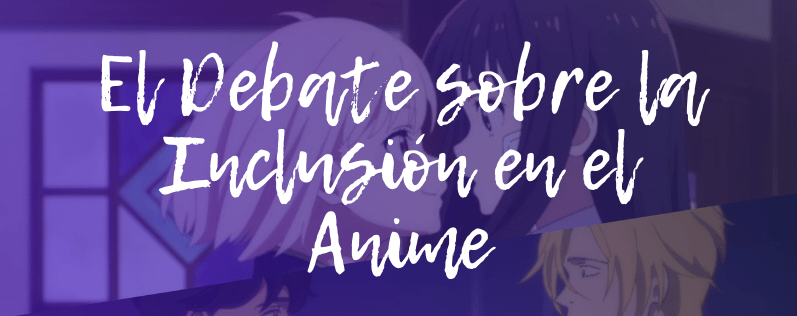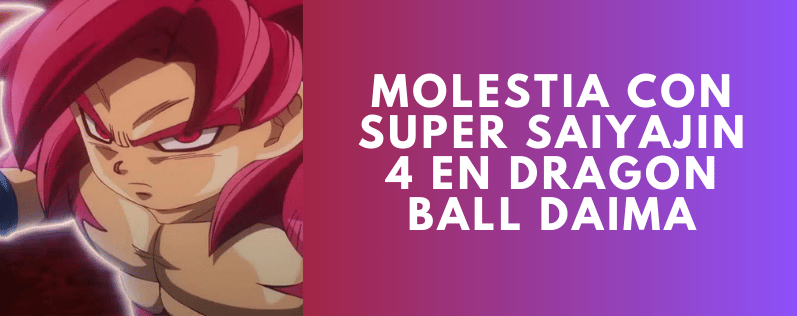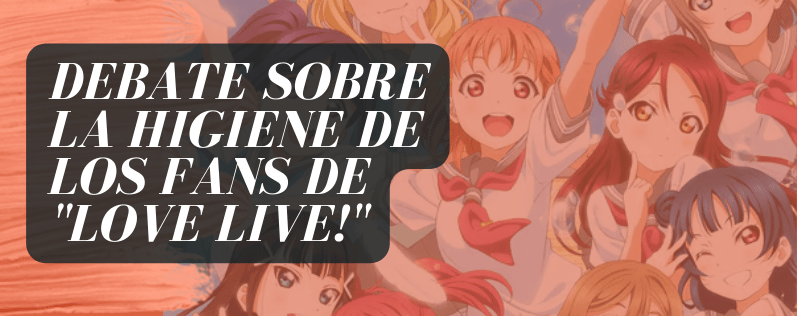The Anime Inclusion Debate

The Anime Inclusion Debate: Opinions and Controversies
This article explores the statements of Terumi Nishii, a veteran animator, on the influence of political correctness in anime and resistance to inclusivity in the industry.
Terumi Nishii's Position
Context and Statements
Terumi Nishiiknown for her work on popular series such as "Death Note" and "Jojo's Bizarre Adventure," has shared her concerns on social media about demands for political correctness in anime production. She mentioned a case in which a foreign client asked for black characters to have defined noses, which she said would break the visual coherence of the series.
The Cultural Gap
Nishii highlighted the cultural gap between Japan and Western markets. In Japan, animation does not traditionally focus on racial representation, and foreign expectations of realism do not align with anime's unique style. According to her, giving in to these pressures could diminish anime's appeal.
Industry Impact
In addition, Nishii pointed to the economic and demographic problems in Japan, indicating the need to revitalize domestic demand for anime. Even if Japan were to experience a baby boom now, it would still take at least a decade before the industry could dispense with the foreign market.
Arguments For and Against
In Favor of Inclusion
Advocates of inclusion argue that anime, as a global medium, should reflect the diversity of its audience. They believe that more inclusive representation can enrich stories and appeal to a wider audience.
Against Inclusion
On the other hand, some, like Nishii, argue that forced inclusion can dilute the unique style of anime. They argue that adaptations to foreign standards can compromise the creativity and authenticity of Japanese productions.
Reflections and Opinions of the Fans
The fan community is divided. While some support Nishii's stance, others believe that anime must evolve to be more inclusive. This debate reflects a tension between preserving tradition and adapting to a global audience.
Frequently Asked Questions
Why do some oppose inclusion in anime?
Some believe that forced inclusion may compromise the authenticity and distinctive style of anime, as well as being an imposition of foreign standards on a Japanese art form.
How does Terumi Nishii feel about political correctness in anime?
Nishii believes that demands for political correctness and racial realism are inconsistent with the style of anime and that giving in to these pressures would diminish its appeal.
How might inclusion affect the future of anime?
Inclusion could appeal to a more diverse audience, but there is also a risk that adaptations to meet these standards could dilute the unique and creative style of Japanese anime.
Personal Opinion
I believe that anime must find a balance between preserving its unique style and adapting to a global audience. Inclusion can enrich stories, but it must be done without compromising the authenticity that defines anime.
If you are interested in learning more about current debates in the anime industry, feel free to explore more articles at our blogStay informed and join the conversation!




Responses